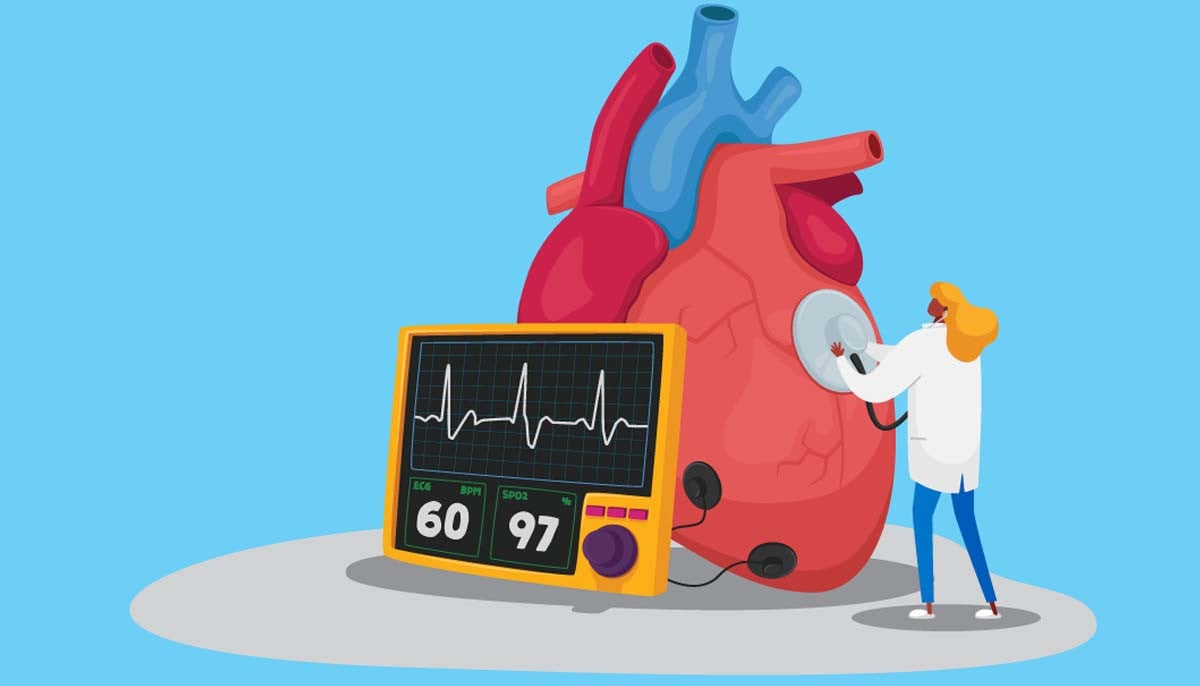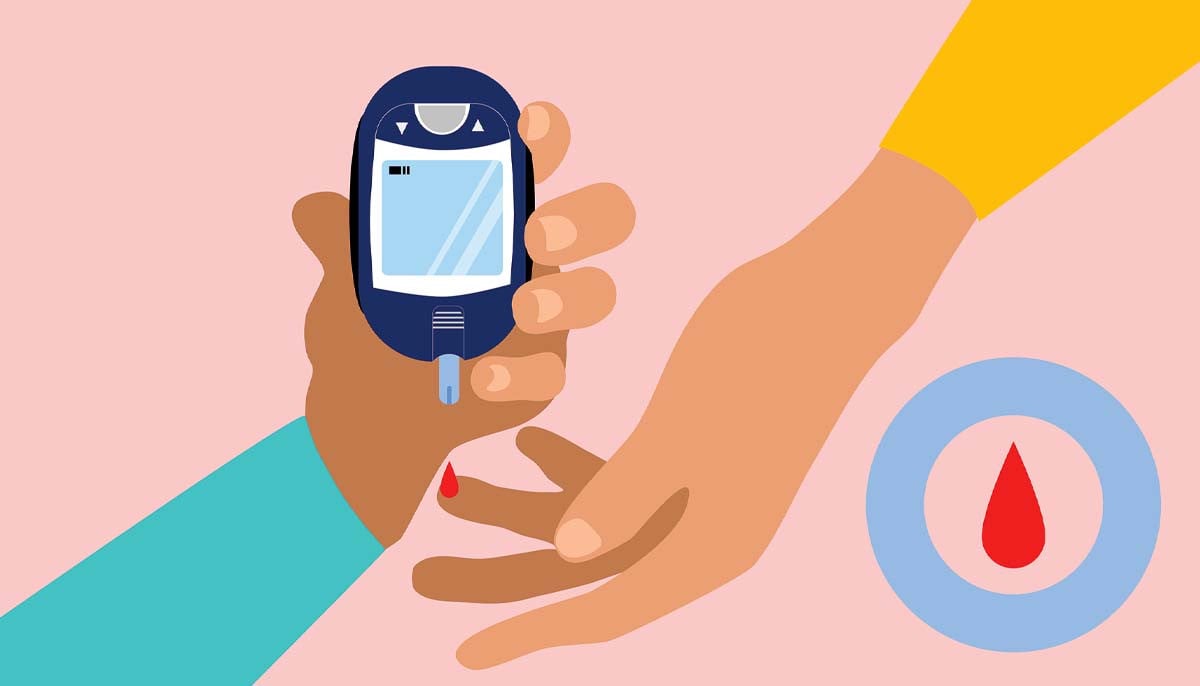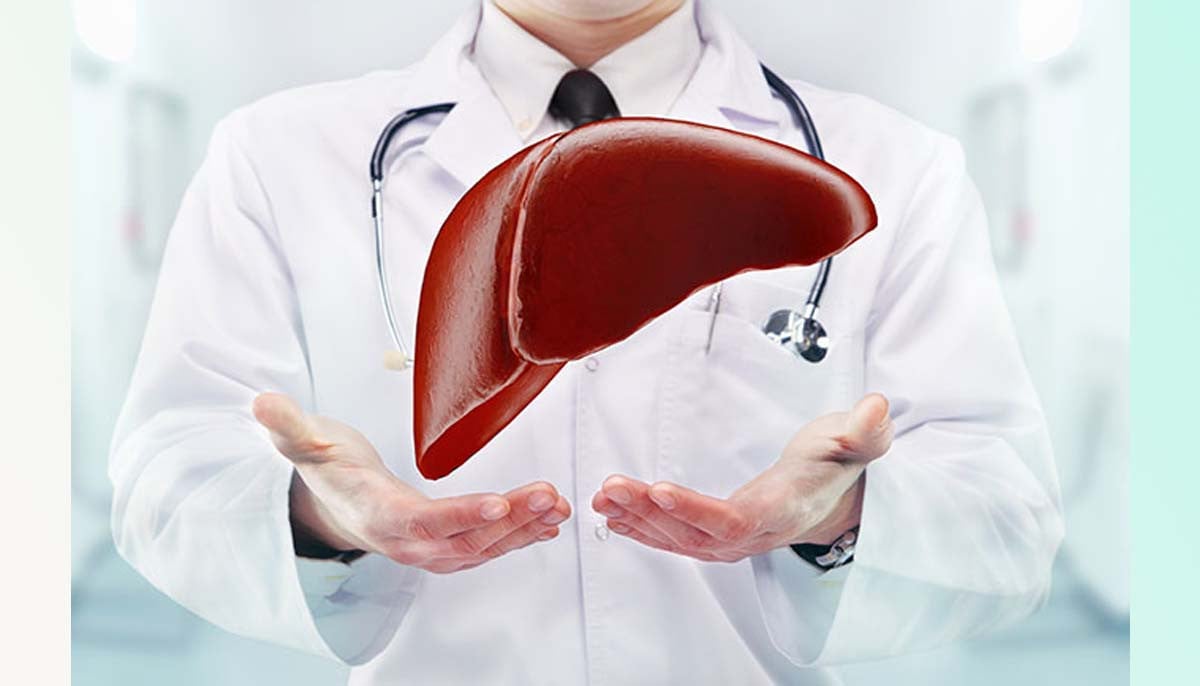'AI can predict premature babies at 31 weeks'
A deep learning algorithm that can predict preterm deliveries was developed by scientists by analysing the electrical activity in a pregnant woman's uterus
A Centres for Disease Control and Prevention (CDC) survey revealed that 10% of all babies born in the US in 2021 were preterm, which means they were born before 37 weeks of pregnancy.
The survey also suggested that about 16% of baby deaths are also the result of preterm deliveries.
Currently, Washington University researchers in St. Louis, Missouri, are attempting to increase those chances by utilising artificial intelligence.
By examining the electrical activity in a pregnant woman's uterus, scientists created a deep learning model that can predict preterm births. They then evaluated the model in a study that was published in the journal PLOS One.
"The key takeaway is that it is possible to take data as early as the 31st week and predict preterm birth up to the 37th week," Arye Nehorai, PhD, professor of electrical engineering at Washington University in St. Louis, told Fox News Digital.
"The AI/deep learning automatically learned the most informative features from the data that are relevant to the prediction of preterm birth," he added.
Nehorai added that the results show preterm birth is not merely a pregnancy that happens to end early, but also an aberrant physiological condition.
As part of the research, the researchers performed electrohysterograms (EHGs), which use electrodes on the abdomen to record electrical activity in the uterus.
The scientists "trained" the AI model using recordings of these electrical currents from 159 pregnant women who were at least 26 weeks along.
Women's age, weight, foetal weight, and bleeding in the first or second trimester helped predict premature birth.
"The advantage of our approach is that it is inexpensive to build," said Nehorai of the new research.
"Our model was effective in prediction with shorter EHG recordings, which could make the model easier to use, more cost-effective in a clinical setting, and possibly usable in a home setting," the researcher continued.
The scientists suggested that EHG measurements should be used as part of regular pregnancy check-ups, allowing pregnant women to seek care and make lifestyle changes to protect their babies.
The researchers also noted that it is difficult to predict when this type of test will be generally accessible.
According to Uri Goldsztejn, a PhD candidate in the department of biomedical engineering working under the supervision of Professor Nehorai at Washington University, EHG readings typically take between 30 and 60 minutes, including the time needed to position the instrument on the mother's abdomen.
Additionally, the scientists noted another limitation: EHG measurements could delay adoption in low-resource areas due to the need for new equipment.
However, apart from the potential limitations of the technology, the study has two main limitations: requirement of a larger dataset for medical product development and validation and the difficulty of understanding how deep learning makes predictions.
It is difficult to identify the causes behind the algorithm's predictions, and additional medical examinations are needed to determine which therapies are more likely to reduce preterm birth and improve outcomes.
-
New research finds back pain may disrupt men’s sleep quality later in life
-
Do you have depression or is it just Monday blues? Find out where science stands
-
Air pollution may play a role in prostate cancer risk, experts warn
-
Type 2 diabetes hidden trigger in daily food revealed
-
Find out how you can avoid diabetes at your home
-
Pregnant women fighting 'like hell' against paracetamol?
-
‘Stranger Things’ star David Harbour speaks up about ‘psychotherapy’
-
Serious liver scarring shows potential to be reversed with latest drug












